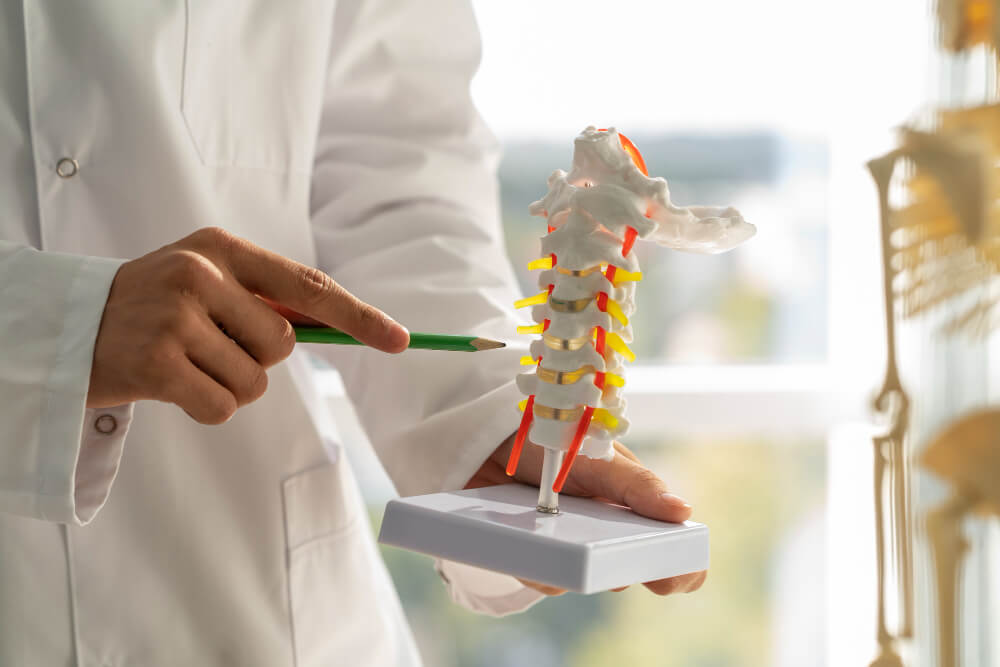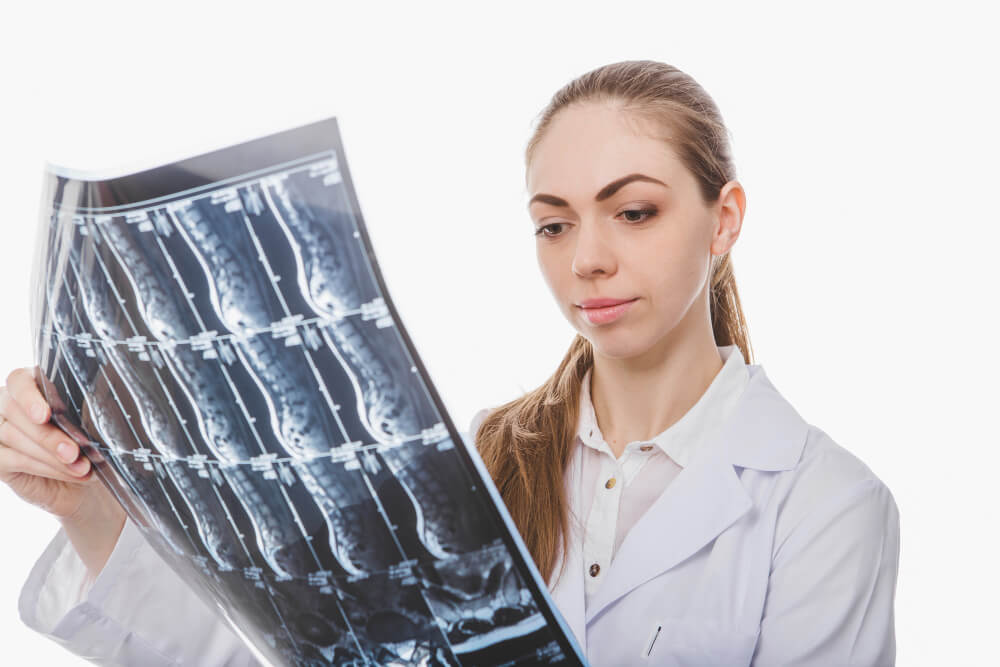Understanding Your Spine: A Guide to Accurate Diagnosis and Effective Treatment Options
The spine is the foundation of our body, providing support, structure, and flexibility. It houses the spinal cord, a vital pathway for messages traveling between the brain and the rest of the body. When pain or dysfunction disrupts this complex system, it can significantly impact our daily lives.
This article delves into the world of spine health, focusing on achieving accurate diagnosis and exploring effective treatment options.
Why Accurate Diagnosis Matters
An accurate diagnosis is the cornerstone of effective spine treatment. It allows healthcare professionals to pinpoint the underlying cause of your pain or dysfunction, leading to a personalized treatment plan with the highest chance of success.
Here’s why an accurate diagnosis is crucial:
- Targeted Treatment: Accurate diagnosis helps identify the specific issue causing your symptoms. This allows for targeted treatment that addresses the root cause rather than simply masking the pain.
- Improved Outcomes: The right treatment plan leads to improved outcomes and faster recovery times.
- Reduced Risk of Complications: Misdiagnosis can lead to inappropriate treatment, potentially worsening the condition or causing complications.
- Reduced Healthcare Costs: Addressing the root cause of the problem early on can help avoid unnecessary tests and treatments, ultimately saving time and money.
Common Spine Problems and Symptoms
The spine can be affected by various conditions, each with its own set of symptoms. Here’s a look at some of the most common spine problems:
- Disc Herniation: When the soft cushion (disc) between vertebrae bulges or ruptures, it can press on nerves, causing pain, numbness, and weakness. This commonly occurs in the lower back but can also occur in the neck.
- Degenerative Disc Disease: As we age, discs naturally lose water content and flexibility, leading to pain and stiffness in the spine.
- Spinal Stenosis: The narrowing of the spinal canal due to disc degeneration, bone spurs, or ligament thickening can compress the spinal cord and nerves, causing pain, weakness, numbness, and tingling.
- Spondylolisthesis: A condition where one vertebra slips forward over another, causing pain, instability, and nerve problems.
- Scoliosis: An abnormal sideways curvature of the spine. Symptoms may vary depending on the severity of the curve.
- Kyphosis: An exaggerated rounding of the upper spine, often referred to as “hunchback.”
- Facet Joint Arthritis: Inflammation of the small joints between the vertebrae can cause pain and stiffness.
- Spinal Infections: Rare but serious, these infections can damage the bones, discs, and nerves in the spine.
Symptoms of Spine Problems:
- Pain in the back, neck, arms, or legs
- Stiffness and reduced flexibility
- Numbness, tingling, or weakness
- Muscle spasms
- Difficulty standing or walking
- Radiating pain (pain that travels down an arm or leg)
If you experience any of these symptoms, it’s crucial to seek medical attention for an accurate diagnosis.
Diagnosis of Spine Problems
The diagnostic process for spine problems typically involves a combination of the following:
- Medical history: Your doctor will ask about your symptoms, their duration, severity, and any aggravating or relieving factors. They will also inquire about your medical history and any previous injuries.
- Physical examination: This will involve a thorough examination of your spine, including posture assessment, range of motion testing, and checking for tenderness, muscle weakness, and neurological deficits.
- Imaging tests: X-rays, CT scans, and MRIs can provide detailed images of the bones, discs, nerves, and other structures in the spine, helping to identify abnormalities.
- Nerve conduction studies and electromyography: These tests can assess the function of nerves and muscles, helping to pinpoint nerve compression or damage.
In some cases, additional tests, such as myelography or bone scans, may be needed to gather further information.
Treatment Options for Spine Problems
Once an accurate diagnosis is established, your doctor will work with you to develop a personalized treatment plan. The goal of treatment is to:
- Relieve pain and other symptoms
- Improve function and mobility
- Prevent further damage
Treatment options for spine problems can be broadly categorized into the following:
Non-Surgical Treatments:
These are often the first-line therapies and are preferred whenever possible.
- Rest and Activity Modification: Taking a break from strenuous activities that aggravate your pain can allow for healing and reduce inflammation.
- Physical Therapy: Exercises prescribed by a physical therapist can help improve strength, flexibility, posture, and core.


